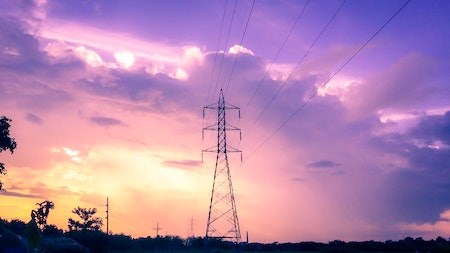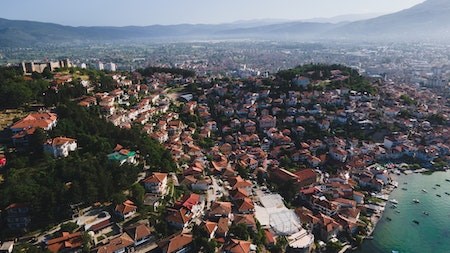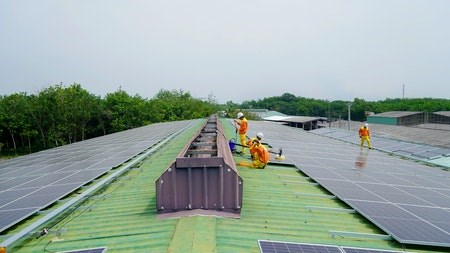South Africans have been bracing for a total grid failure due to persistently increasing power supply problems.
A grid failure is described as a ‘total or partial interruption or suspension of electrical power supply from the national, regional, municipal or private grid supplier, resulting in widespread power outages.
“Because the risk of a total grid failure appears to be more of a real possibility, it can no longer be considered an unforeseen event. This means it no longer falls within the definition of an insurance peril, which has necessitated insurers to exclude cover for such an event,” says Hermanus van der Linde, chief executive of IntegriSure Brokers.
Although the South African Special Risk Insurance Association (Sasria) recently withdrew circulars announcing that it will no longer cover property damage caused during riots and protests in the event of an electricity grid collapse, van der Linde says there are other risks that need to be assessed.
“It has come to the stage where preparation for a complete blackout needs to be factored into strategic planning. Individuals and businesses need to be proactive about managing the possible risks associated with any incident - including a potential grid collapse. It’s essential to have contingency plans for managing any conceivable disruptions,” says van der Linde.
Risk management
Effective risk management entails identifying potential risks, assessing the likelihood of them happening, the possible impact, and how to minimise or alleviate them. Once you have determined these elements, you need to plan how to mitigate or avoid them.
- The first step is identifying all potential risks and considering the possible resultant damage. In addition to risks to your property, you should also assess the risks to your finances, investments and legal compliance.
- The second step is risk control. Not all risks can be prevented, so you need to put systems in place to minimise any possible impact.
- The third step is risk financing. You need an emergency fund to enable you to carry out repairs or cover potential losses for a short period. For example, if your home is damaged, you may need to rent accommodation while it is being repaired.
- Risk governance is particularly important for businesses. It entails setting up a risk management team responsible for overseeing all risk management measures and responding to risks as soon as they arise.
- The final step is continuity planning. For this, you need to draw up a plan that will enable you to quickly resume critical functions if an incident occurs.
“Depending on the nature of the risks you are planning for, you may need to integrate a few of these strategies. Above all, you must be realistic to prioritise and formulate an effective risk management strategy best suited to your specific needs,” says van der Linde.
Proactive
It’s important to keep in mind that your situation can change over time, so risk management should be an ongoing process. You should regularly monitor and review your risks and controls and adapt your plan accordingly. You need to carry out regular audits, update your risk management plan as required and monitor trends to identify new possible risks.
“By proactively managing the risks associated with a potential grid collapse, individuals and businesses can help ensure they are prepared for any eventuality,” says van der Linde.
Writer: Sarah-Jane Meyer





